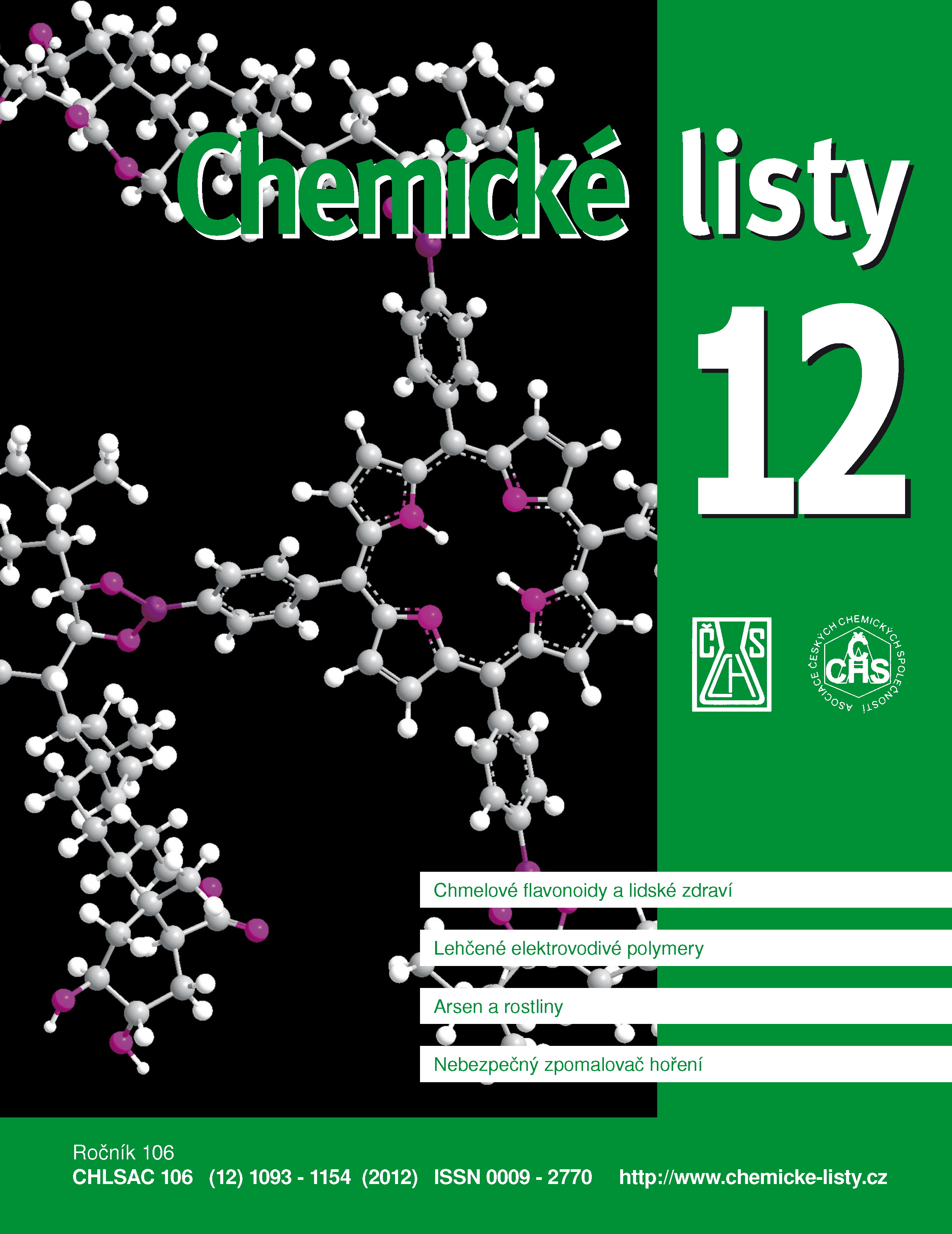Biochemical View of Uptake, Metabolism and Toxic Effects of Arsenic Compounds on Plants
Keywords:
bioavailability, translocation, hyperaccumulation, toxicity indicatorsAbstract
Arsenic is a non-essential element in plant nutrition. However, As was detected in many agricultural plants, where it may pose a serious health hazard for next members of the food chain. This review presents the recent knowledge of As uptake, metabolism and transport in plants. Arsenates are taken up by phosphate transporters while arsenites are transported to cells via aquaporins located on cytoplasmic membranes. Inside the root cells, arsenates are rapidly reduced with arsenate reductase or some non-specific reducing agents. They are complexed by phytochelatins and then transported to vacuoles. Hyperaccumulators, instead of producing phytochelatins to detoxify As, transport free As to shoots and, similarly, accumulate it in vacuoles. The review highlights the importance of research on As phytotoxicity evaluation in terms of its impact on agricultural production. Exposure to As results in growth and reduction of biomass production, inhibition of germination, impaired nutrient uptake and adverse effects on photosynthetic processes. These aspects are discussed in the review.





